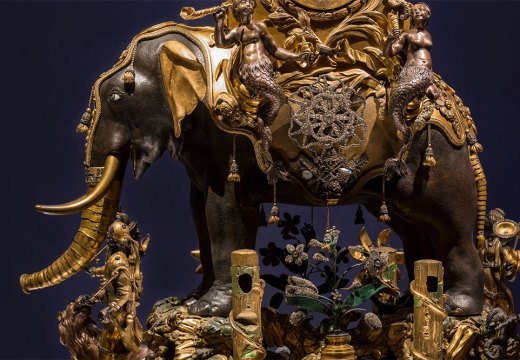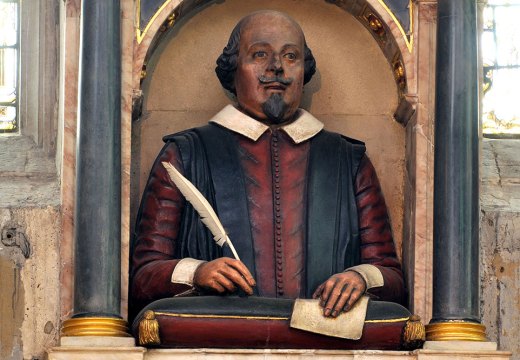Victor Hugo’s funeral procession in May 1885 was attended by some two million people. This show of art and archival documents at the Panthéon – the site of the writer’s tomb – considers the importance of the event in the history of the Third Republic, which had been founded only 15 years before; the Panthéon, which had been built as a church to house the relics of Saint Genevieve, the patron saint of Paris, was symbolically repurposed by the young republic as a secular shrine to the values of liberal rationalism which Hugo had espoused in his writing. The display, which opens with the relaxation of lockdown regulations in Paris on 19 May, also explores the writer’s life and the key themes in his work, and includes his own drawings; it runs until 26 September. Find out more from the Panthéon’s website.
Preview below | View Apollo’s Art Diary here

Officials gathering beneath the Arc de Triomphe at the funeral of Victor Hugo (1 June 1885), anonymous photographer. Maison de Victor Hugo, Paris

Ecce lex (1854), Victor Hugo. Maison de Victor Hugo, Paris

Interior of the Panthéon. Photo: © Didier Plowy/Centre des monuments nationaux

The Wake beneath the Arc de Triomphe, 31 May 1885 (1903), Alfred Roll. Maison de Victor Hugo, Paris
Unlimited access from just $16 every 3 months
Subscribe to get unlimited and exclusive access to the top art stories, interviews and exhibition reviews.














![Masterpiece [Re]discovery 2022. Photo: Ben Fisher Photography, courtesy of Masterpiece London](http://www.apollo-magazine.com/wp-content/uploads/2022/07/MPL2022_4263.jpg)
It’s time for the government of London to return to its rightful home